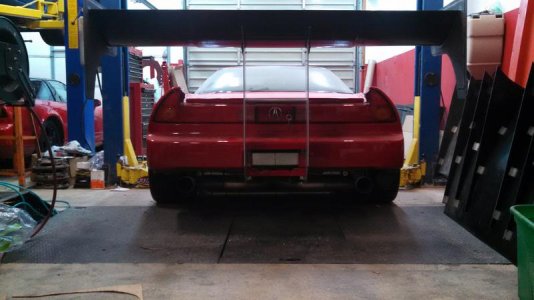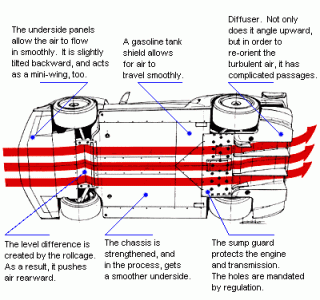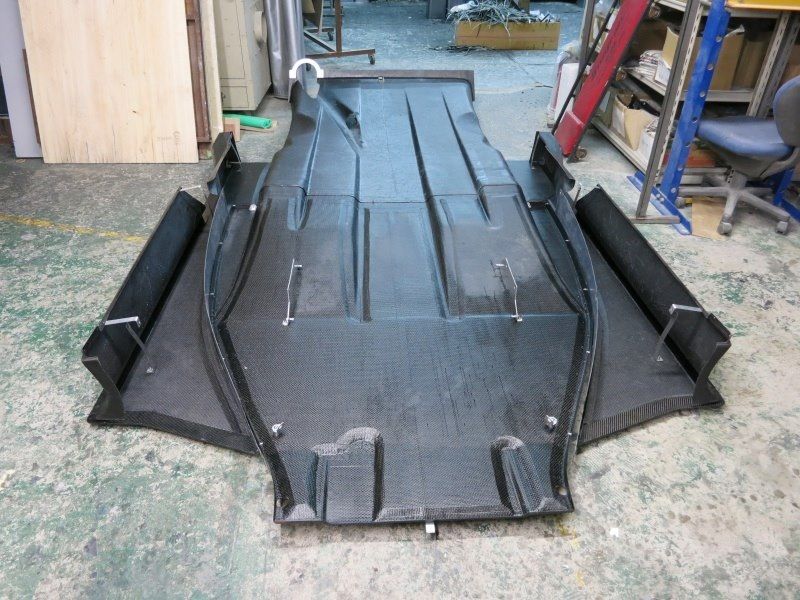- Joined
- 6 February 2015
- Messages
- 41
Affinity Aero modeled, molded, and produced.
Thanks to my customer Jeff Melnychuk! He offered to assist, threw a few ideas my way, and that one stuck out.Cool logo Cody
Have you guys performed any testing with only one device installed at a time? i.e. If I wanted to only get the splitter, would I have any balance and in-tern stability issues at high speeds with so much front heavy aero?
As speed increases, the rearward boundary layer becomes thicker and separation creeps forward. If its fine with a 40mph fan, you may have issues at 60mph and likely at higher speeds. Might be something to keep an eye on.Fan testing shows full attachment on every surface stuntman.
what a lot of owners are looking for is a complete underbody cover, with ribs.
from front of car to back but the engine area is cut open and the 4 wheels are cut


^I think that ~1" 'void'/'dimple' was created by sanctioning bodies to disrupt the airflow under the car to limit downforce. That picture would cause the air to expand slightly (to create downforce) but then it angles back to the same plane and height as the splitter, eliminating any downforce created and possibly disrupting the flow behind it.
A front 'diffuser' would create more downforce by expanding the air in it and accelerating the air in the 'throat' (flat section in front of the diffuser) to create a fast moving, low pressure area = downforce.
No diffsuer used in motorsports angles back down to the original plane, that defeats the inherent goal of expanding the air to accelerate the air in the 'throat' of the diffuser. What you posted is pretty much identical to what was used in the JGTC NSXs to limit the downforce of the car by the governing bodies:From what I have gathered what you just said isn't accurate. The air initially comes in and should be angled like cody said similar to a wing, but then it is accelerated to the rear due to the dimple in the diffuser. Other diffusers use this such as Voltex, Varis, etc.



No diffsuer used in motorsports angles back down to the original plane, that defeats the inherent goal of expanding the air to accelerate the air in the 'throat' of the diffuser. What you posted is pretty much identical to what was used in the JGTC NSXs to limit the downforce of the car by the governing bodies:
View attachment 121683
View attachment 121685
or 2003, a ruling that has been enforced for a number of years in the Le Mans and FIA regulations makes it way into the JGTC. Between the centerlines of the front and rear wheels of the car, the underbody must be fitted with a flat bottom. As a result, the down force of the car is affected remarkably. "My first impression of the car during the shakedown was... 'My goodness. What's that feeling? There's a bit less down force, I wonder?'" commented Daisuke Ito after driving the No.16 NSX entered by Mugen. "If we set the rear wing-angle to that of last year, there is entirely too little grip. There has been a tremendous reduction in down force."
